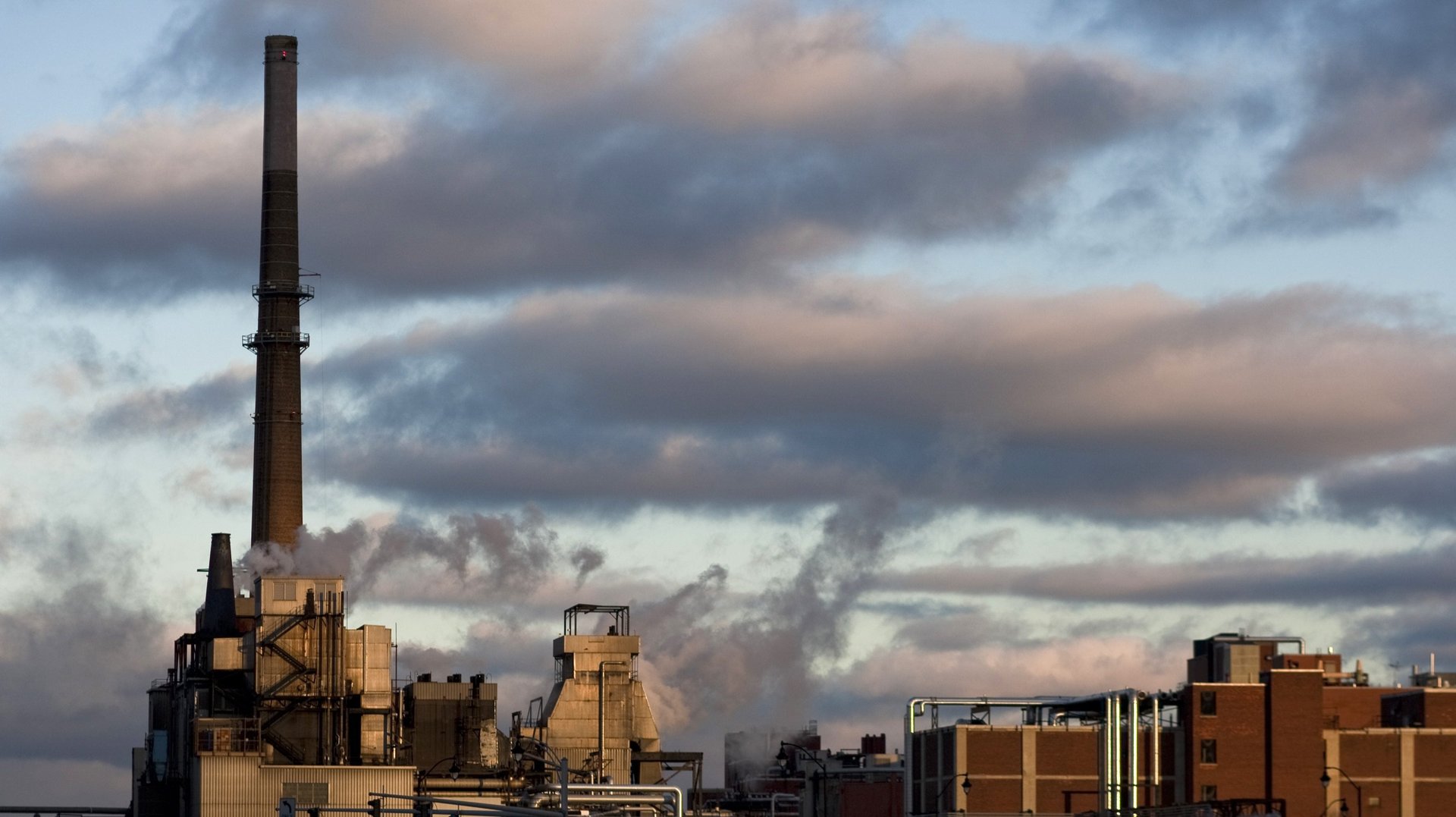Why Kodak is perfectly positioned to pivot to pharmaceuticals
Last week, the US federal government announced a first-of-its-kind loan to Eastman Kodak, a US-based company once known for its leadership in the film photography industry. Kodak will be using the $765 million to begin producing components for generic drugs—specifically, active pharmaceutical ingredients (APIs), the chemicals that make a drug work.


Last week, the US federal government announced a first-of-its-kind loan to Eastman Kodak, a US-based company once known for its leadership in the film photography industry. Kodak will be using the $765 million to begin producing components for generic drugs—specifically, active pharmaceutical ingredients (APIs), the chemicals that make a drug work.
Which raises the question: What’s a photography company got to do with pharmaceuticals?
Chemically speaking, probably a lot. “In the world of chemicals, we have a lot of chemicals that are building blocks—like LEGOs,” says Frankie Wood-Black, a physical chemist currently teaching at Northern Oklahoma College who has 25 years of experience in industrial chemical manufacturing.
In its heyday, Kodak was a leader in specialty chemical operations. The company produced many of the chemicals used in photographic processing, says Wood-Black. And while products used to develop film and print in color sound very different from pharmaceuticals, they’re often made the same way: a process called batch manufacturing.
As its name suggests, batch manufacturing requires putting raw ingredients together in giant vats, where a series of chemical reactions generate a final product. (Using fermentation to make alcoholic beverages is a classic example.) The benefit of batch manufacturing is that, if equipment is properly cleaned, it can be used to make all kinds of products: Some of the tools that are used to make beer can just as easily be used to make wine, spirits, or even hand sanitizer, Wood-Black says.
That kind of machinery is likely sitting in Kodak’s factories, which have been sparsely occupied since the company filed for chapter 11 bankruptcy in 2012. Its leadership has had years to rethink how it wanted to retool its facilities in Rochester, New York, and St. Paul, Minnesota, which will be expanded using some of the new federal loan. Making APIs should be a matter of swapping out the chemical ingredients and adhering to a higher safety standard as they make compounds intended for medical use. (Kodak didn’t respond to Quartz’s request for comment on the company’s manufacturing plans.)
This federal loan, which is to be paid back over 25 years, is the first to come from the Defense Protection Act signed by President Trump in May. Specifically, it comes through the US International Development Finance Corp, a group working with the Department of Defense. The funding came through the Coronavirus Aid, Relief, and Economic Security Act, which the US government passed in March.
Though the funding comes from the government’s military branch, it is part of a plan to revive domestic drug manufacturing. Currently, the US imports most of its generic drugs and APIs from India and China—a supply chain whose vulnerabilities have been exposed by the pandemic.
To insource more of those critical drugs, the US government has also invested in a public benefit drug manufacturer called Phlow, which is using an alternative approach called continuous manufacturing. Instead of brewing vats of compounds, continuous manufacturing works like a chemical assembly line. It can be cheaper and more efficient—but unlike batch manufacturing, it’s highly specific to each end product.
Not all compounds in drugs can be made with continuous manufacturing, though. Biological processes, like the fermentation in beer brewing, have to be carried out it batches, says Wood-Block. It’d make sense for the government to hedge its bets on both drug-making strategies.
Kodak’s manufacturing may be on hold, however, until the US Securities and Exchange Commission completes an investigation regarding the disclosure of the federal loan. Kodak offered its chief executive 2 million stock options on July 27—the same day it leaked details of the loan to reporters. The subsequent news reports and the official announcement, which Kodak made public on July 28, caused share prices to skyrocket.